Darmer: description and agricultural technology
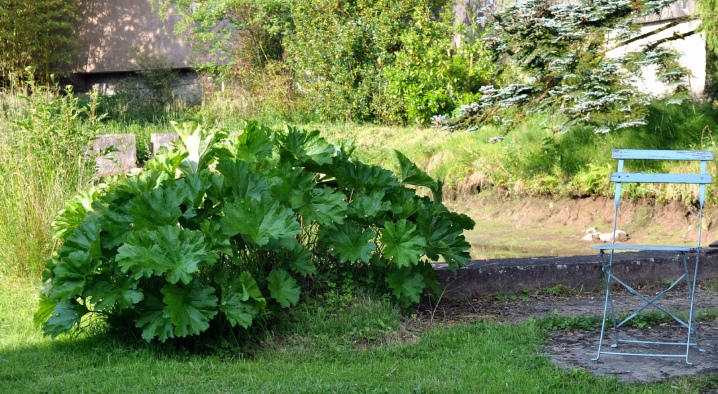
Darmera thyroid or peltiphyllum is a modest but surprisingly delicate plant. It is not striking, but its large leaves make any floral arrangement original and sophisticated. These plants adorn the shores of artificial reservoirs - many gardeners are convinced that it is the Darmera that changes the look of the familiar landscape, makes it homey and cozy. Darmera is considered an unpretentious plant, but it also requires care, attention and care. It is worth learning more about the rules for handling this flower.
Description
Darmera is a herbaceous perennial, belongs to the Kamnelomkovy family. Once it grew in the forests of America, over time it was cultivated and took its rightful place in city flower beds and in summer cottages.
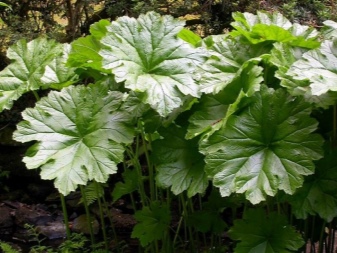
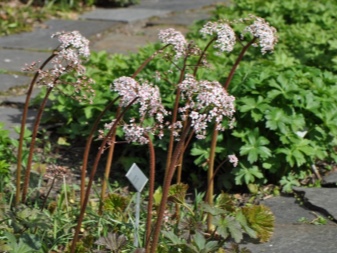
Peltifillum has long been loved by landscape designers. It is planted either with other garden plants, or a separate island is organized to highlight the beauty of the flower.
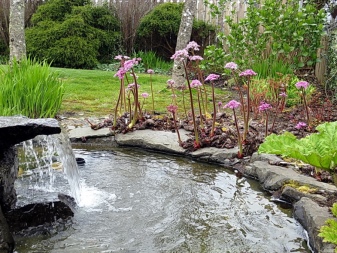

It is worth getting acquainted with the botanical features of the plant.
The diameter of its leaves ranges from 70 to 100 cm. The leaves are funnel-shaped with jagged edges, around the perimeter resemble a shield. It is no coincidence that the flower was named darmera - translated from Greek it means “shield-leaf”. The leaves change color depending on the season (in summer they are green, in autumn they are reddish-crimson), so the flower garden will not only look interesting, but also constantly change.
The diameter of the root system is 4-6 cm. The period of active growth is accompanied by the development of root shoots, with the help of which gardeners propagate this plant. It has a rod and knotty root system. Sometimes part of the nodular root protrudes to the surface.
The length of the peduncles is 70 cm. They are naked, dark brown stems with white hairs. Peduncles grow in April, without waiting for the appearance of young leaves.
The diameter of the flowers is up to 12 cm. The flowers themselves are small, but due to the dense growth at the top of the peduncles, they resemble fluffy balls. During the flowering period, the peltiphyllum is covered with bright pink or pinkish-white flowers. It does not bloom for long: only two to three weeks, and in the first month of summer, seeds are already ripening on the plant.
In addition to the tall peltiphyllum, there is a dwarf species of this plant. He is distinguished from his “older brother” only by his lower stature - only 40 cm. Otherwise, he has all the characteristics of an ordinary darmer.


Landing rules
In the wild, Darmera grows along the banks of streams and rivers. She loves high humidity and loose fertile soil. Therefore, it should be planted in well-ventilated areas with high humidity. The ideal option would be to plant peltiphyllum in the open field on the shore of a pond. Darmer prefers shade or partial shade to brightly lit areas. It will not die under the scorching rays of the sun, but it will lose its decorative appearance: the color of its leaves will fade, and the leaf plate itself will dry out at the edges.
In order for the plant to be healthy, actively grow and develop normally, it should be planted in partial shade near the water.

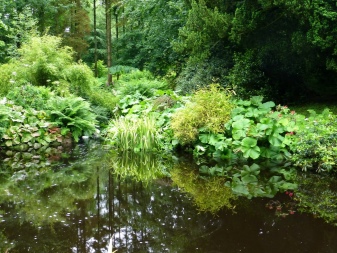
When choosing a site, you should start from the size of the plant. Since the huge leaves of peltiphyllum take up a lot of space, the space should be planned so that there is nothing within a radius of 1.5-2 meters from it.If you plan to make a flower arrangement, you should use Darmera as a tapeworm (this is the name for single ornamental plants with high stems that adorn open areas of the garden).
Despite the exactingness of planting conditions, Darmera is unpretentious to the composition of the soil. It can be grown on any piece of land. But the best option for planting is considered to be slightly acidic or neutral fertile soil. The soil should be regularly moistened, and after watering it should be loosened. Dry darmere is contraindicated, and without air, its roots suffocate even in moist soil.
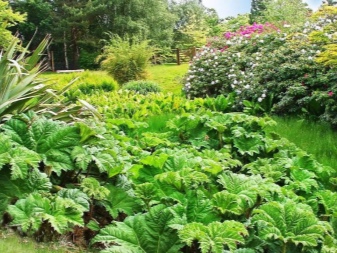

Experienced gardeners recommend preparing a soil mixture of two parts of garden loam, one part of river sand and one part of peat. Add 70-80 g of universal fertilizer to the mixture. All components are mixed and applied to the site right before planting darmers in open ground.
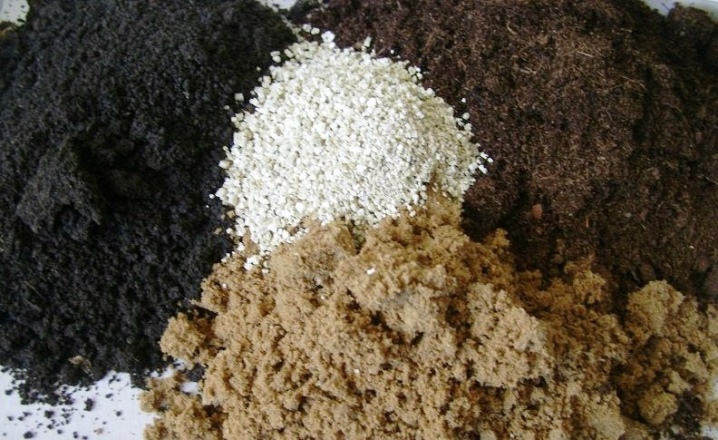
Care
Even the most unpretentious plant will not grow normally if the owner does not properly take care of it. It is not difficult to take care of peltiphyllum, but all the rules of care are mandatory.


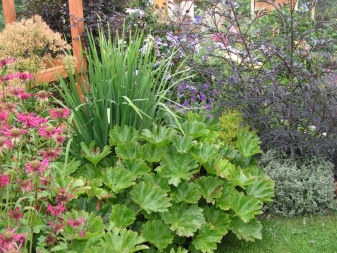
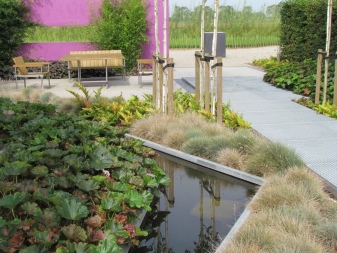
Watering
Peltifillum loves water. But if the water source is far away, the plant must be watered regularly. It is important that the soil is always moist and not dry out. Darmer should be watered especially often during the period of active leaf growth. In other words, as soon as flowering stops, the darmer should be watered at least twice a week.
As the leaves grow, they evaporate the water even faster. At this stage, the daamera is shaded and watered every other day.
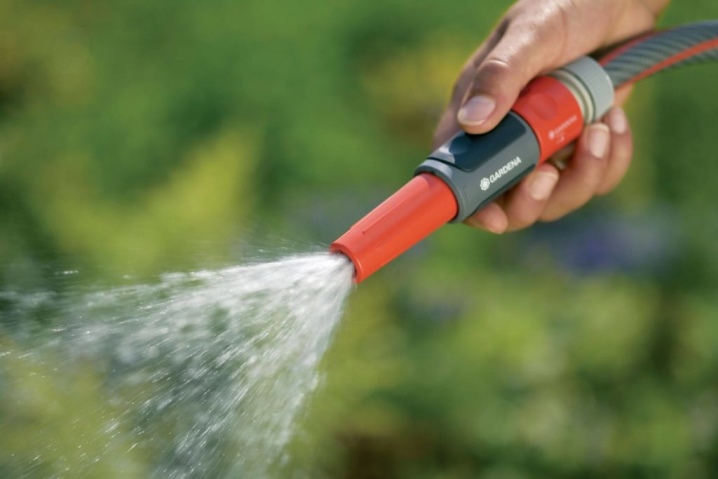
If the summer cottage is located in a swampy area, water stagnation is possible, which can easily harm the root system. To avoid unpleasant consequences, it is worth laying a drainage layer on the bottom of the hole before planting. Thus, excess water will not stagnate, and the rhizome will not suffer from oxygen starvation.
Regardless of the terrain, straw, hay or peat should be spread on the soil surface in the immediate vicinity of the root to prevent evaporation of the water needed by the plant. After watering and heavy rain, the soil must be loosened to provide ventilation for the Darmer roots. This will ensure the drainage of excess water from the rhizome and prolong the life of the plant.
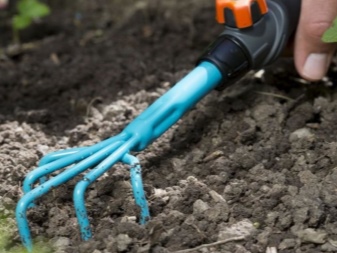
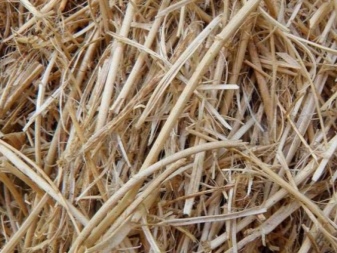
Fertilizers
Organic fertilizers are applied immediately after planting. "Starozhilov" are fed with dry minerals before flowering. While the vegetative period lasts, peltiphyllum is "fed" with organo-mineral complexes (humus, dry chicken or cow dung), which are diluted with water. In the fall, feeding is stopped, the plant is gradually prepared for a dormant period. At the same time, only dried leaves and peduncles are removed, if necessary, the bush is thinned out. For the winter, the plant is cut off and only the root stems are left, and then covered with fallen leaves, covered with sawdust and straw. In snowy winters, they are additionally "wrapped" in snow from above.
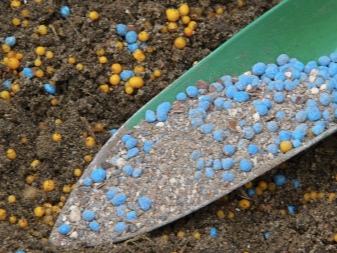
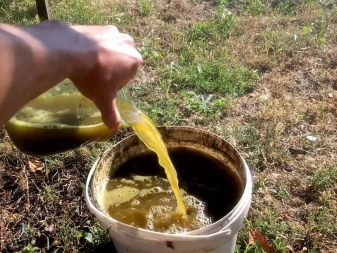
Diseases and pests
In early spring and until mid-November, prevention of fungal diseases should be carried out. For this, the Darmer is treated with special antibacterial agents. Periodically, the plant should be inspected for damage by fusarium, septoria, bacterial or heart-shaped rot. They arise as a result of improper care or lack of preventive measures.
At an early stage, any disease can be dealt with with folk remedies. As a rule, they use sharp-smelling tinctures and decoctions like ammonia, garlic or tomato tops. Potassium permanganate and formalin are used with the same success. If the early stages of the disease have already been missed, the plant can be saved with the help of chemicals. The neglected stages are no longer treated: the plant is removed from the flower bed and burned, and healthy bushes are treated with chemicals.
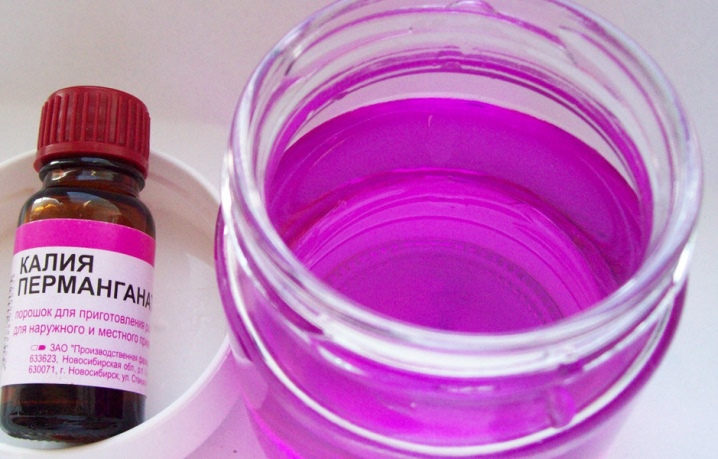
Reproduction
Gardeners propagate peltiphyllum in two ways: seed and dividing the bush.The first is considered more complex, the second is more simple. But both are possible, as the result is a healthy and strong plant with lush green leaves. Beginners will be interested to learn more about each of these methods.
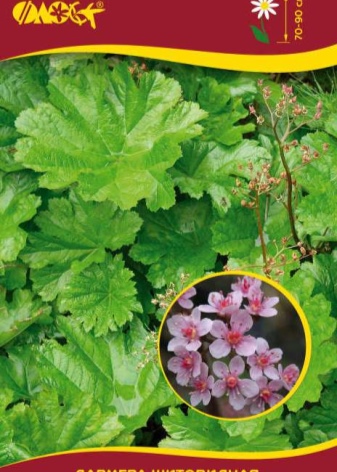
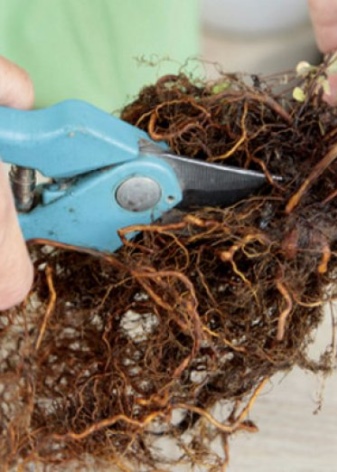
From seed
The seeds are placed in a dark, cool place. Ideally, this should be a cold basement with high humidity. The room temperature should not be higher than 5 degrees. Under these conditions, the seeds are hardened for 30 days.
After that, the seeds should be planted in a container filled with light, loose, fertilized and moist soil.
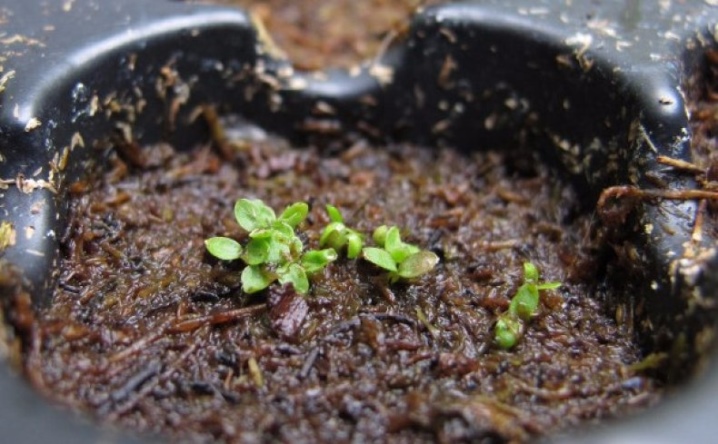
The first shoots will appear in a few weeks. Young Darmer may seem small and weak, but in fact they are already ready to be transplanted into the open ground in a permanent place. Immediately before planting, they prepare the soil: weeds are pulled out of the ground, loosened and fertilized.
This method is considered difficult because it requires constant maintenance of a certain room temperature and high air humidity. The soil in which the seeds grow must also be moist. However, even with careful adherence to the instructions, the seedlings will turn into lush bushes only after a few years.
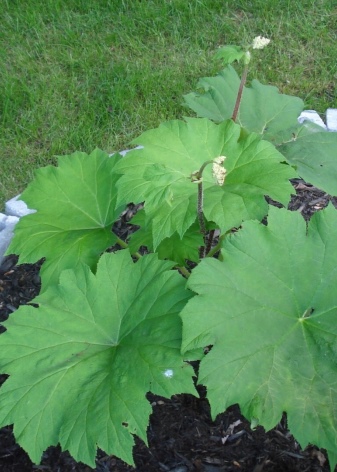

Division
The roots of adult 4-5 year old plants are divided into several parts. Each part contains 2-3 dormant buds. The parts with buds are separated from the main rhizome and placed in a solution with a disinfectant. They should be kept there for at least two hours so that future darmers have a stable immunity to fungal diseases. For reliability, you can dip the roots in a clay mash.
After that, a planting hole should be prepared, at the bottom of which a layer of manure is laid, and on top of it - organic feeding in the form of humus, straw or sawdust. The roots are planted in a layer of garden soil and humus. After planting, future plants are watered. Young plants are best planted in dense shade, as direct sunlight can harm them. In shaded areas, it will be easier for them to adapt and grow. If the entire area is in an open area, young plants should be shaded.


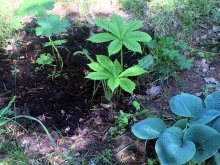
Use in landscape design
Darmera looks beautiful both in solo planting and in combination with other perennials. It is interestingly combined with shrubs and large deciduous trees. Often it is planted along the banks of decorative ponds, but massive leaves completely hide them from sight. It is worth seeing how experienced gardeners use peltiphyllum in landscape design.
Alpine slide, small shrub and nearby - gorgeous golden crimson darmer leaves. This is how autumn becomes "the charm of the eyes."

A variant of a miniature alpine slide. The same picturesque pile of stones, only in a more compact design. Ideal for small areas.
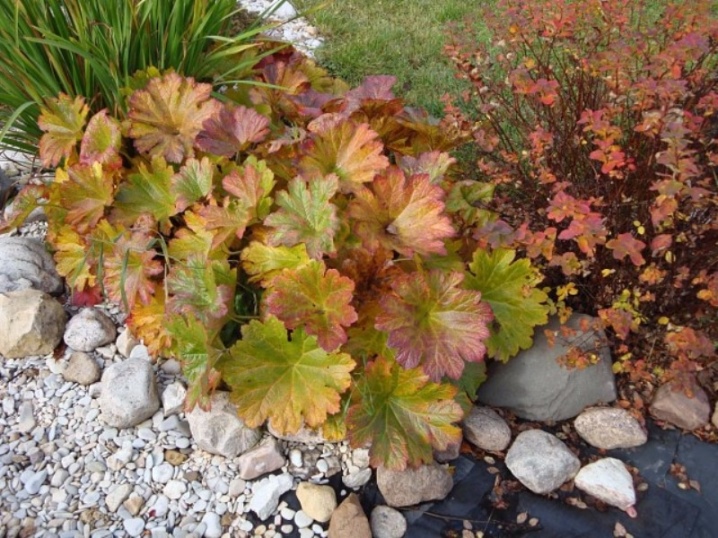
Option of landing Darmer near the reservoir. The plant has grown rapidly, some of the leaves literally lie in the water. The best option for spacious areas with a wide water area.
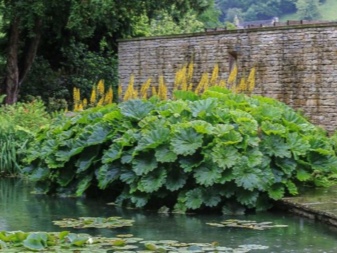

Darmer in a huge flowerpot fills free space, turning an ordinary corner into a comfortable resting place. The original solution is suitable for any summer cottage.
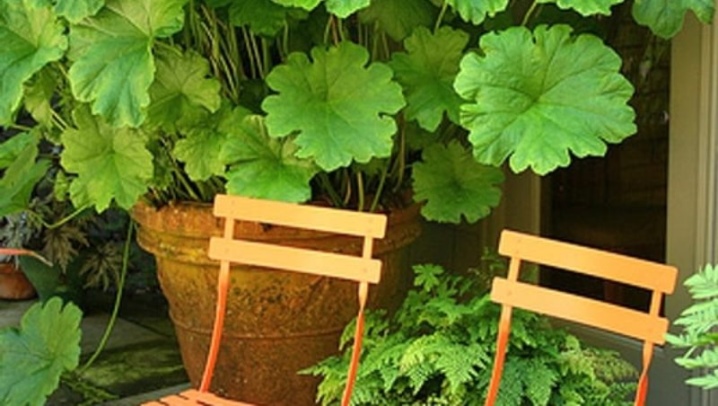
A cozy corner of the garden seems to be fenced off from the whole world by lush greenery. Young Christmas trees cover a part of the fence; in their thick shade, a lush darmera grows, which bends towards water lilies on the water surface of the pond. A wonderful place for privacy or intimate conversations with loved ones.

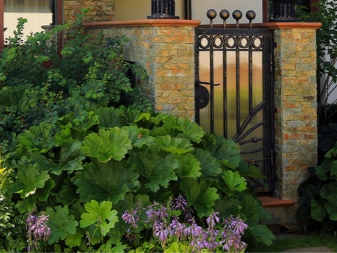
- A bright patch of green grows on the empty gray ground. It is located at a distance from other flowers, so nothing will interfere with the growth of its gorgeous leaves. The best option for those who do not want to bother with the intricacies of landscape design.
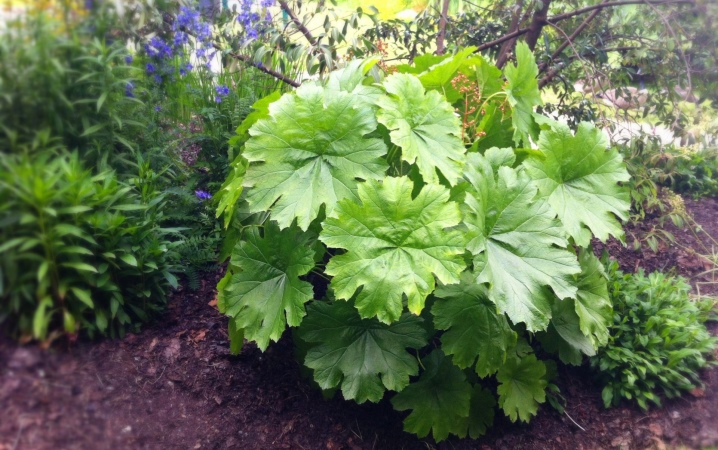
For how darmera grows in the garden, see the next video.







































































































The comment was sent successfully.